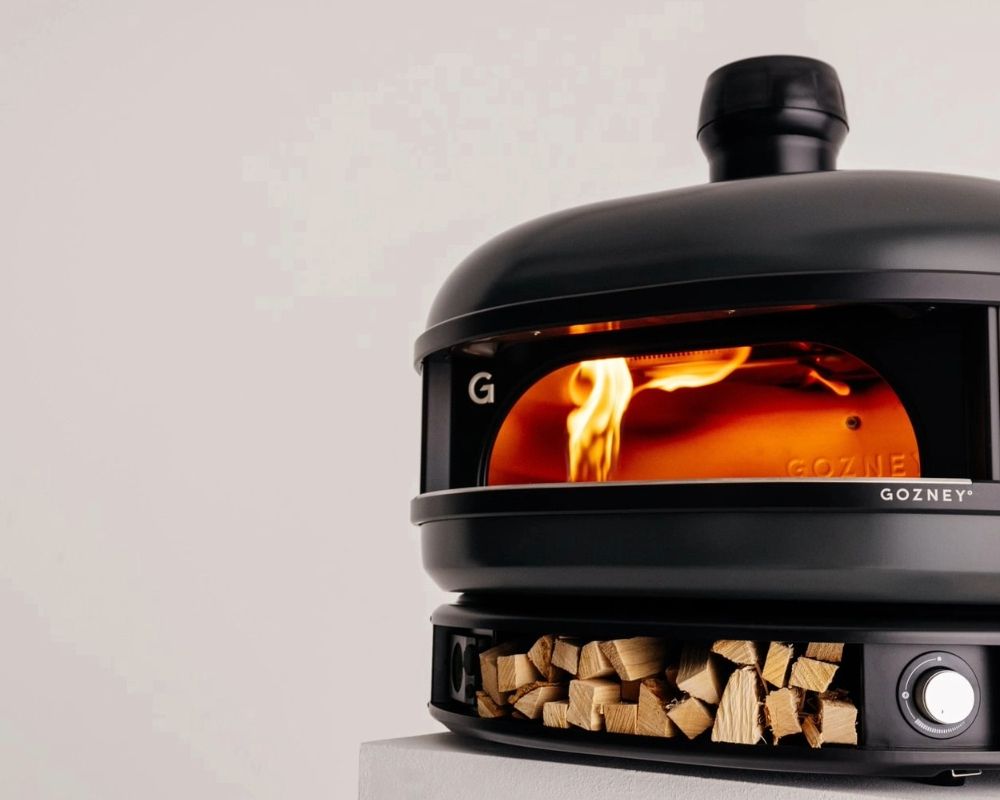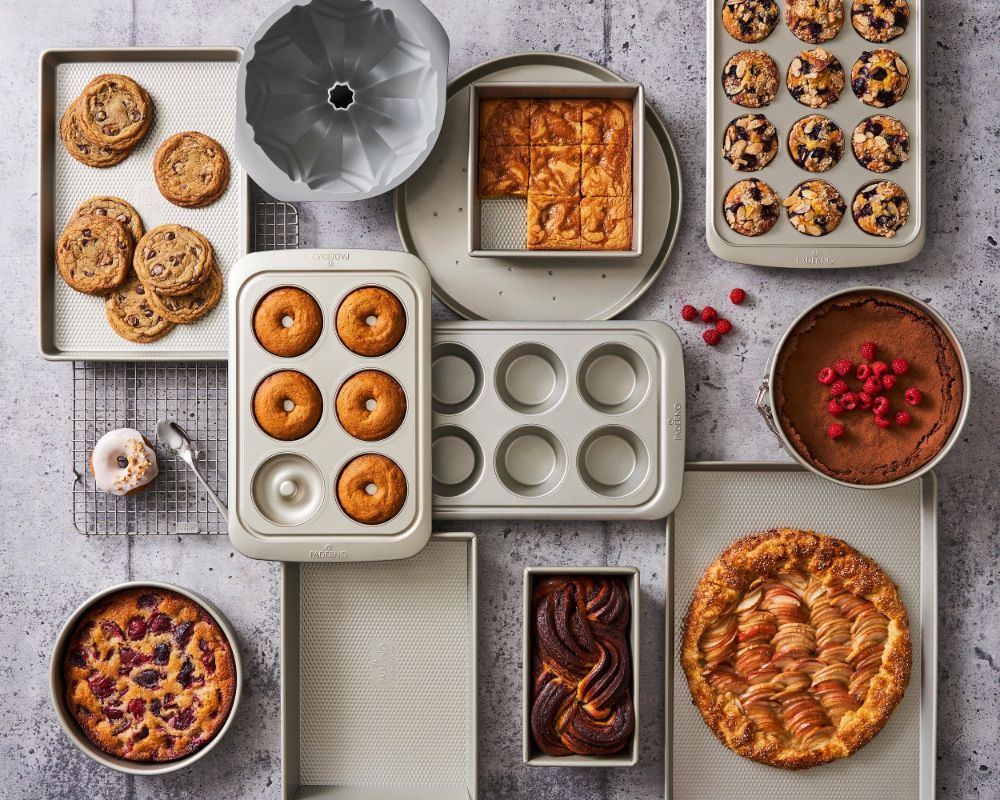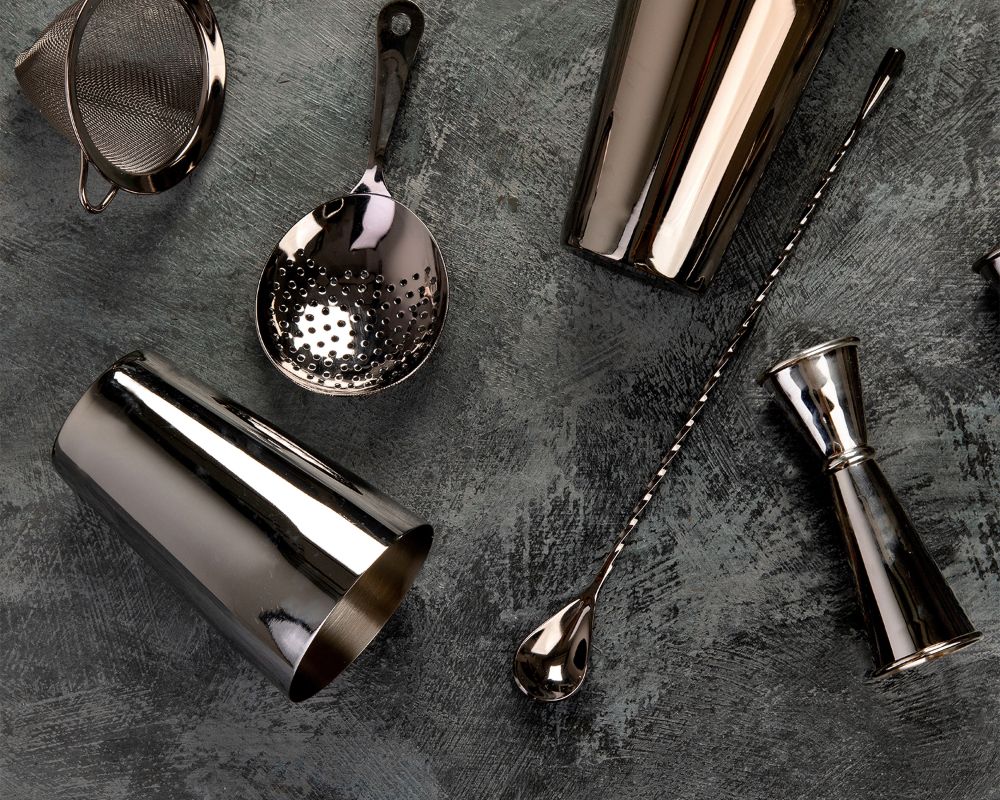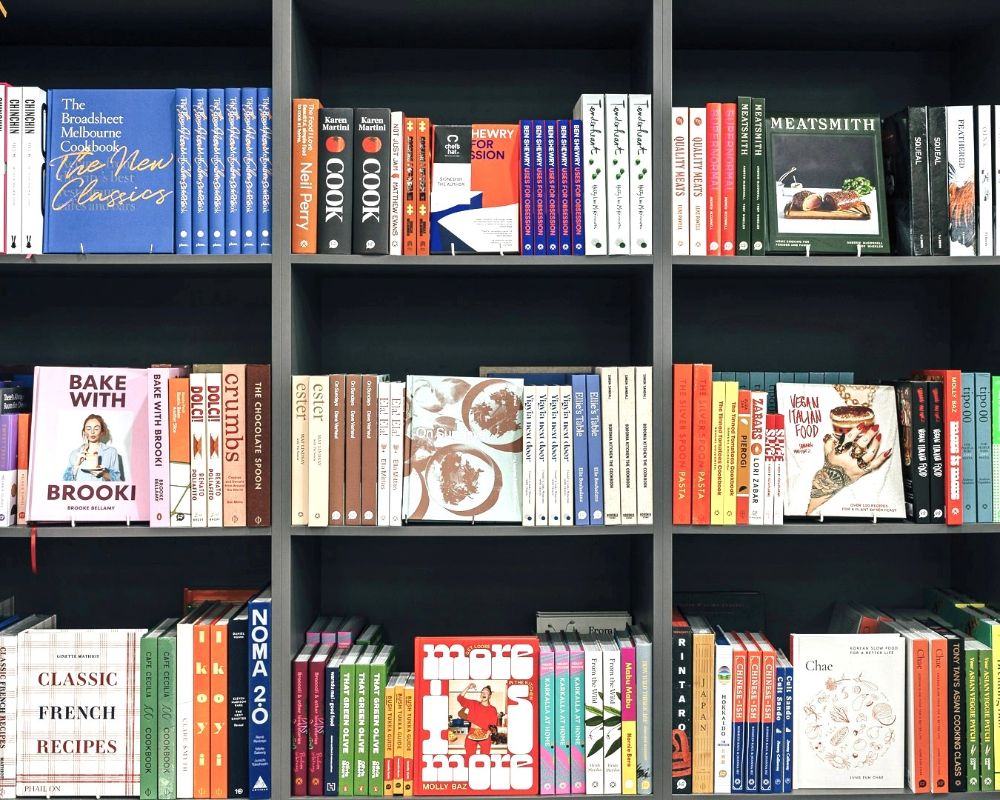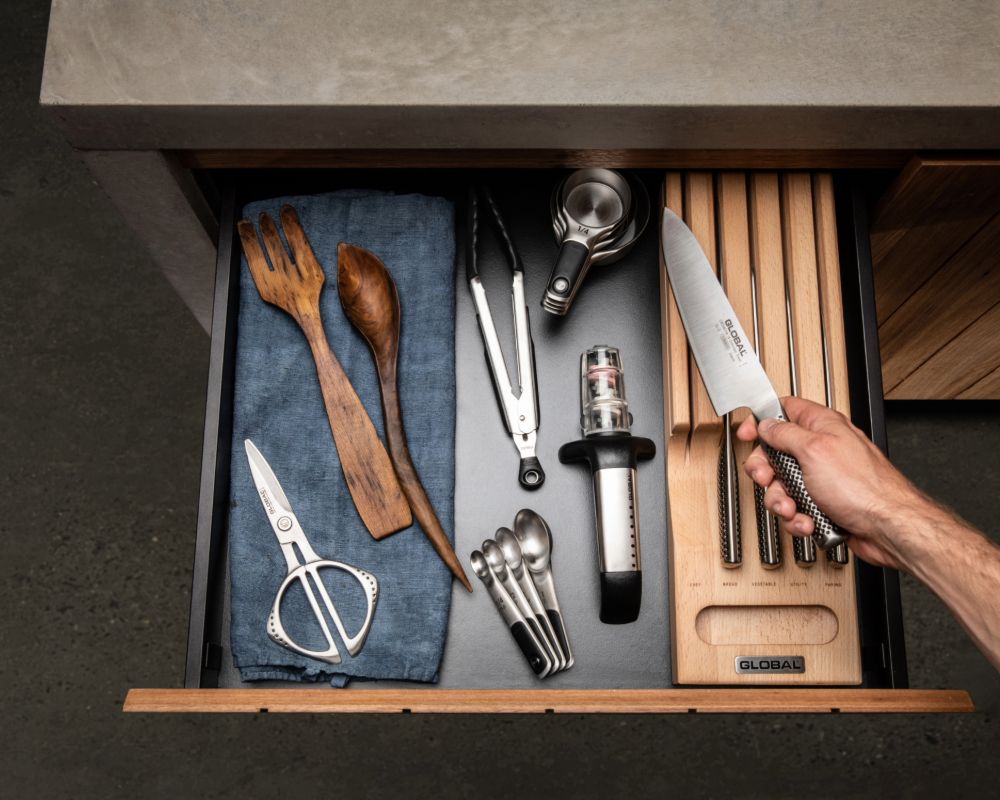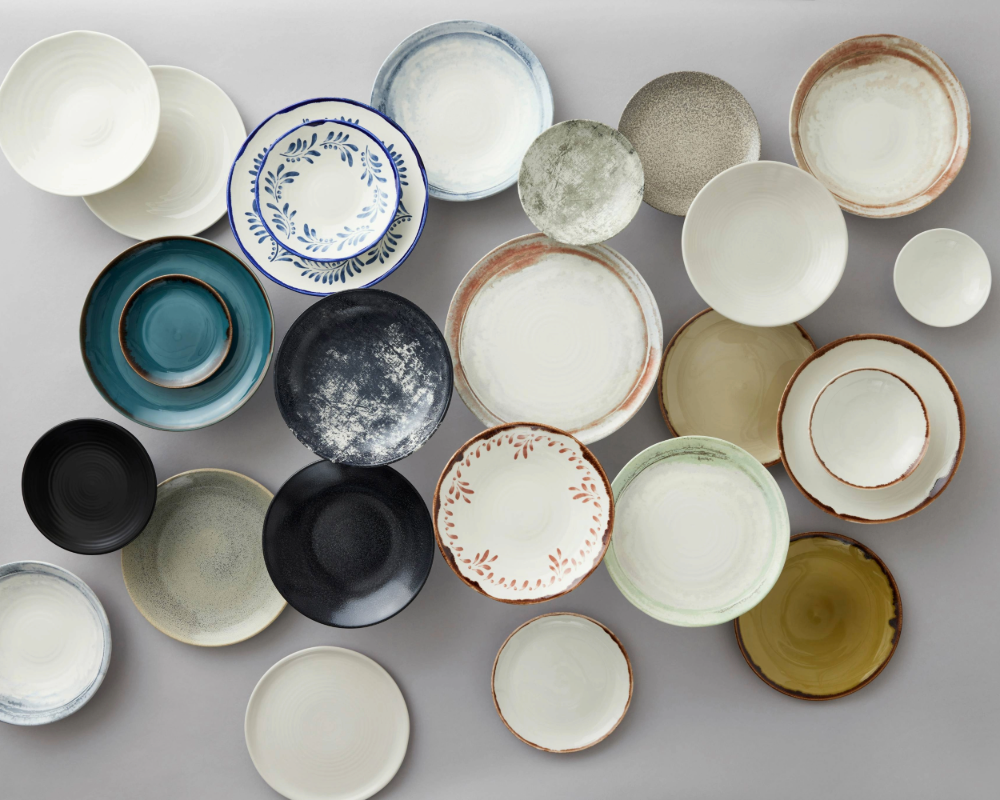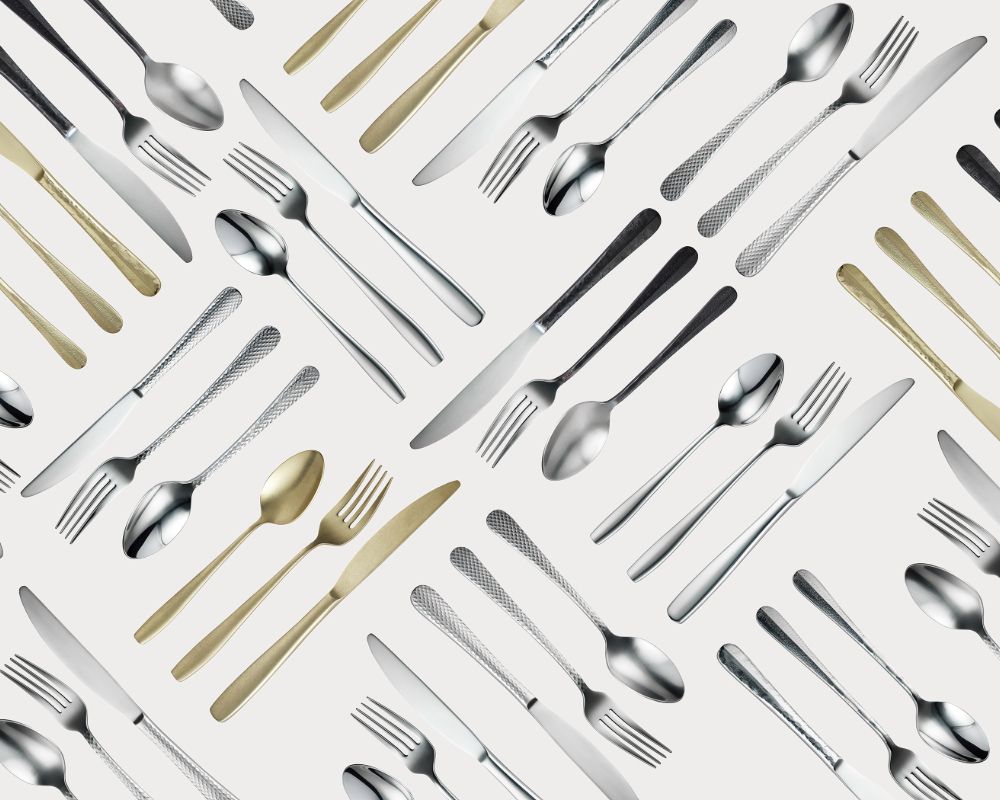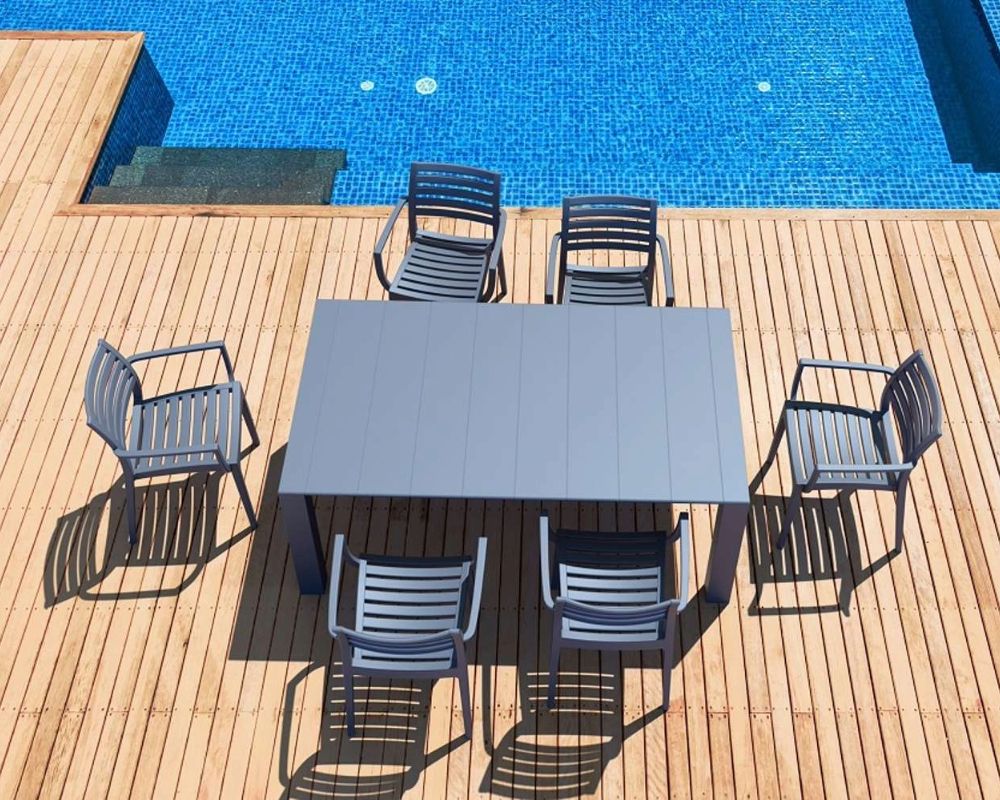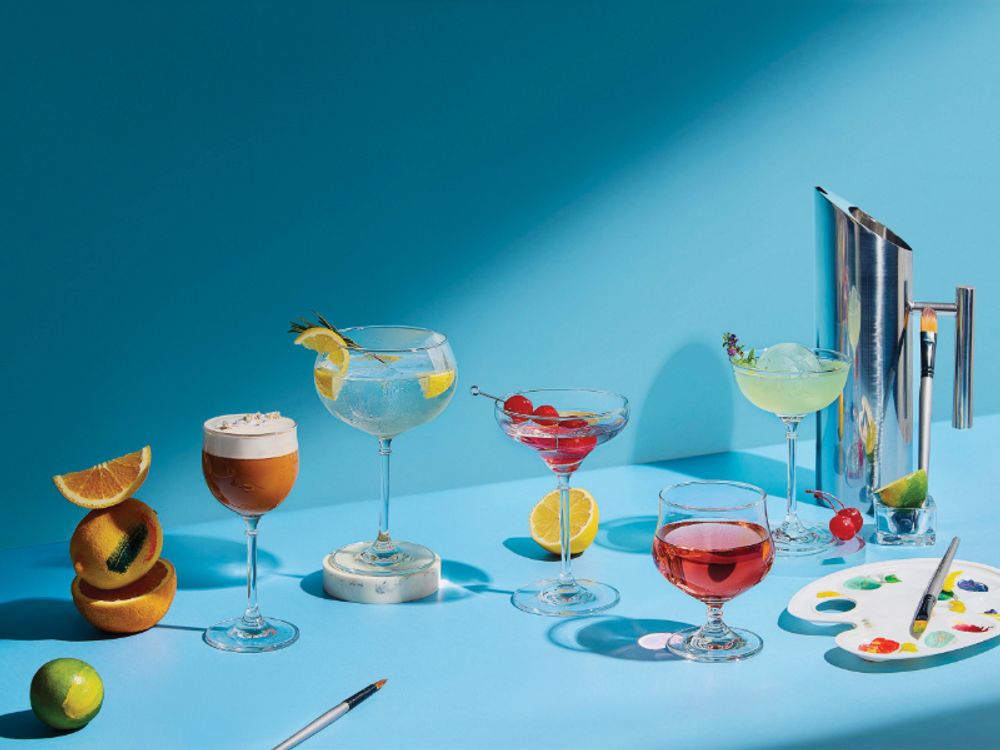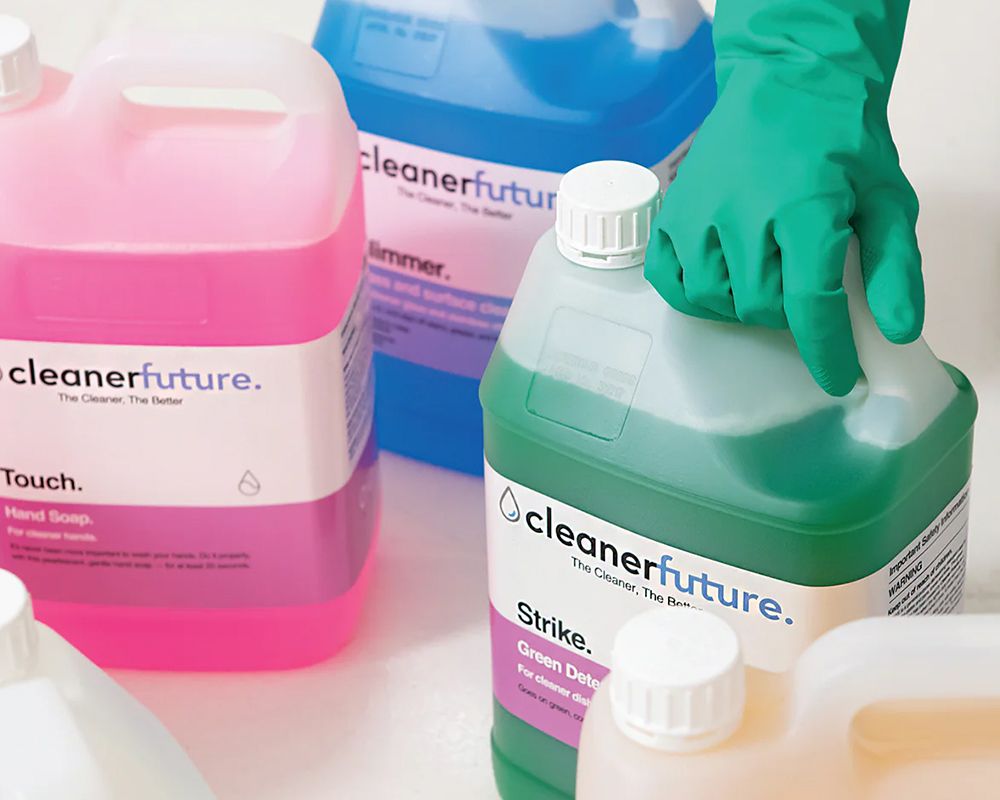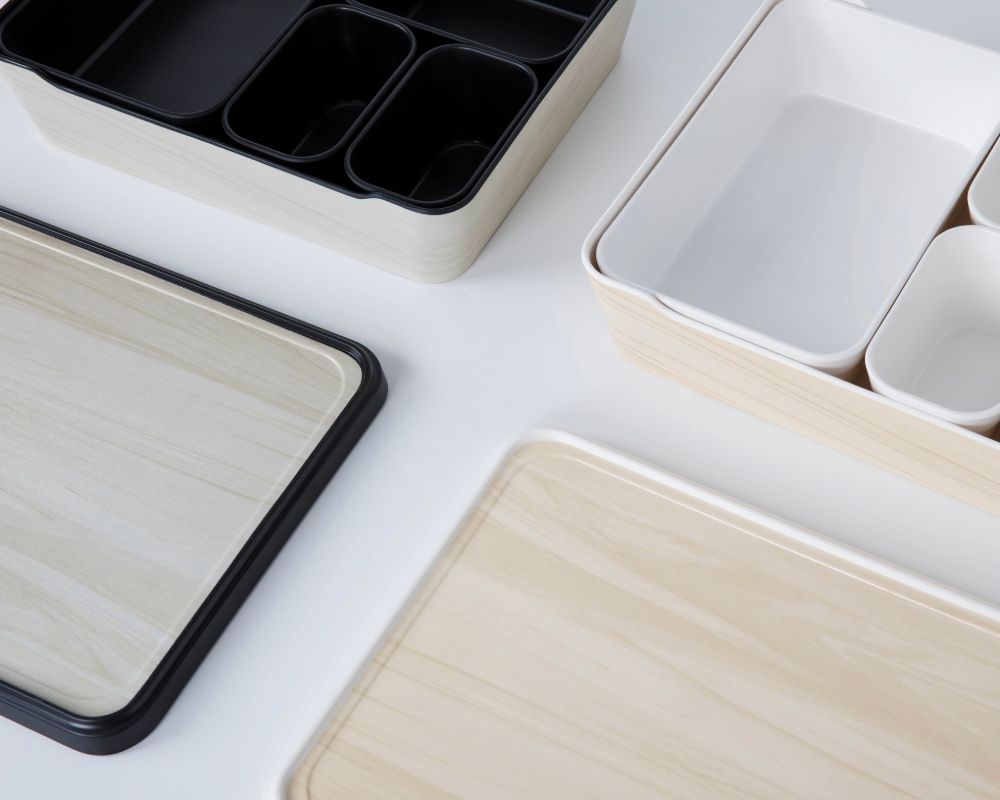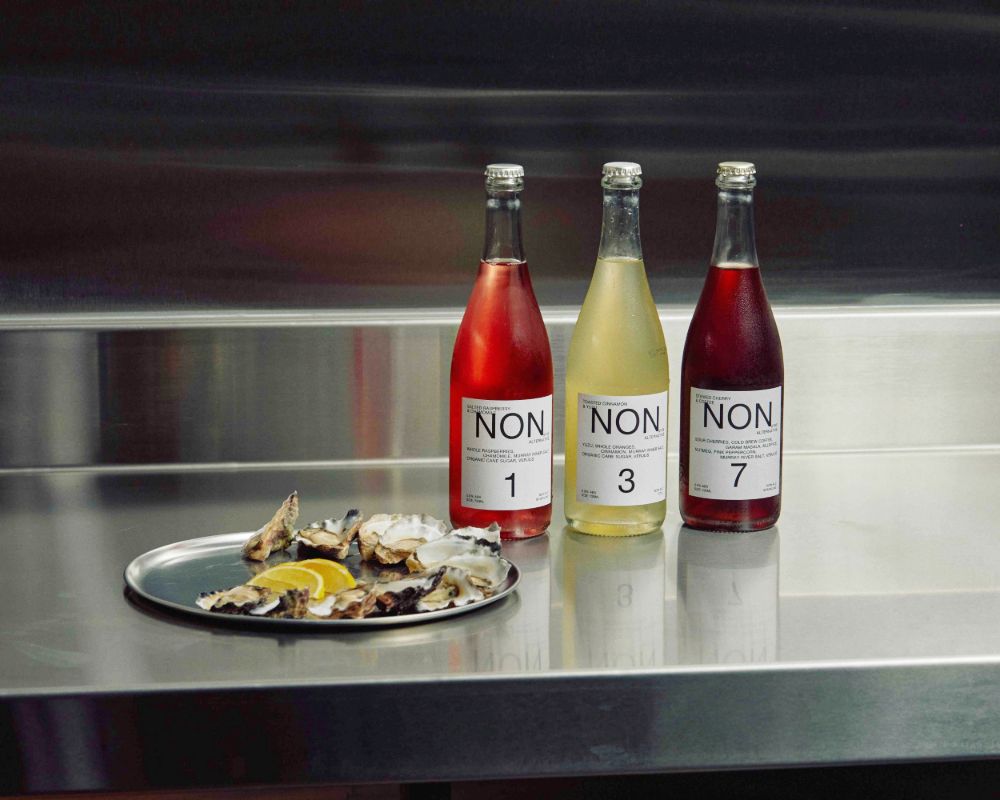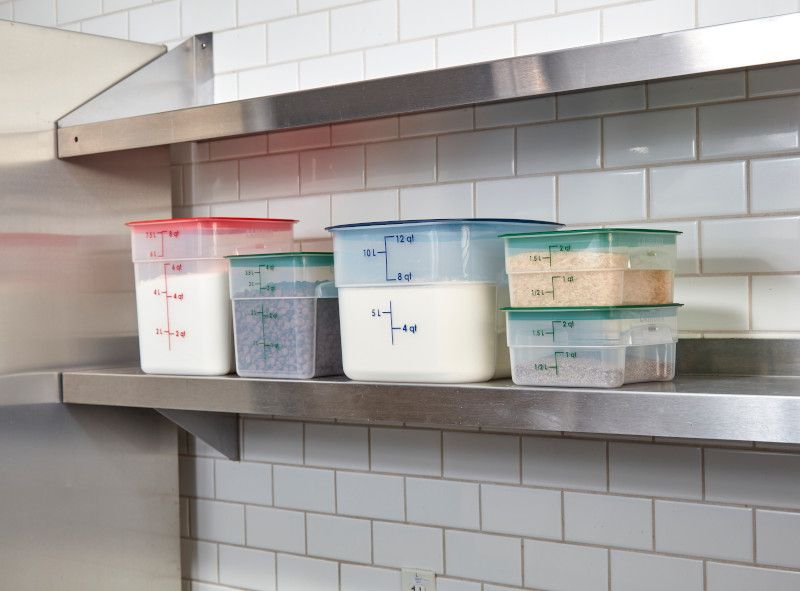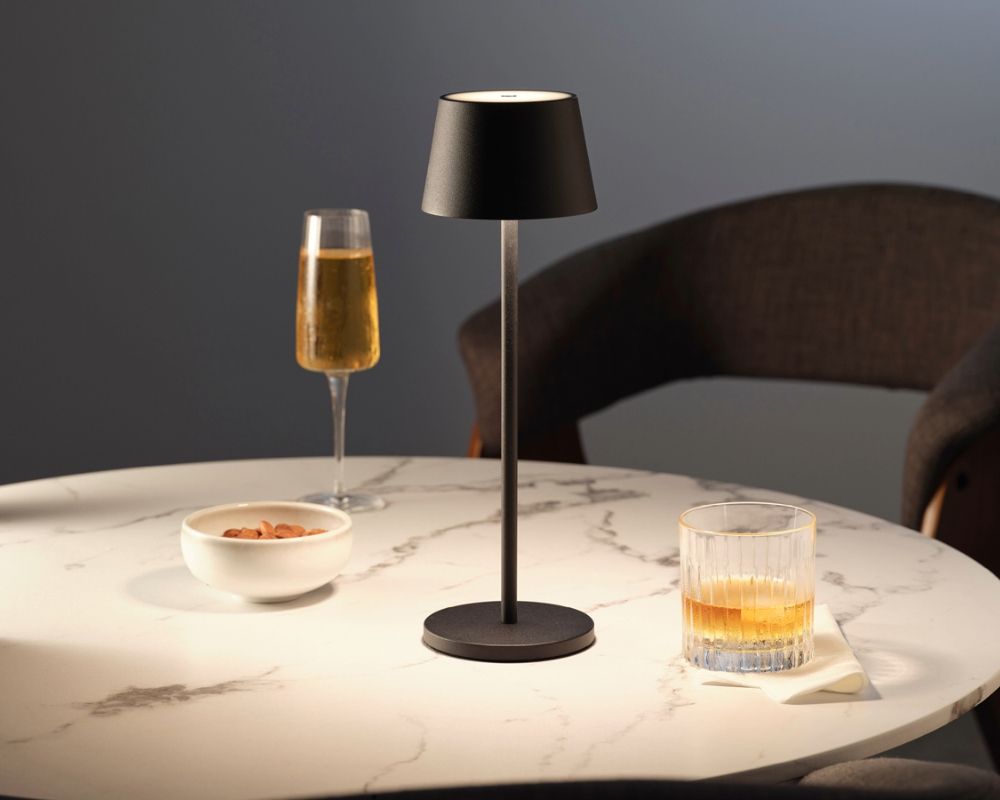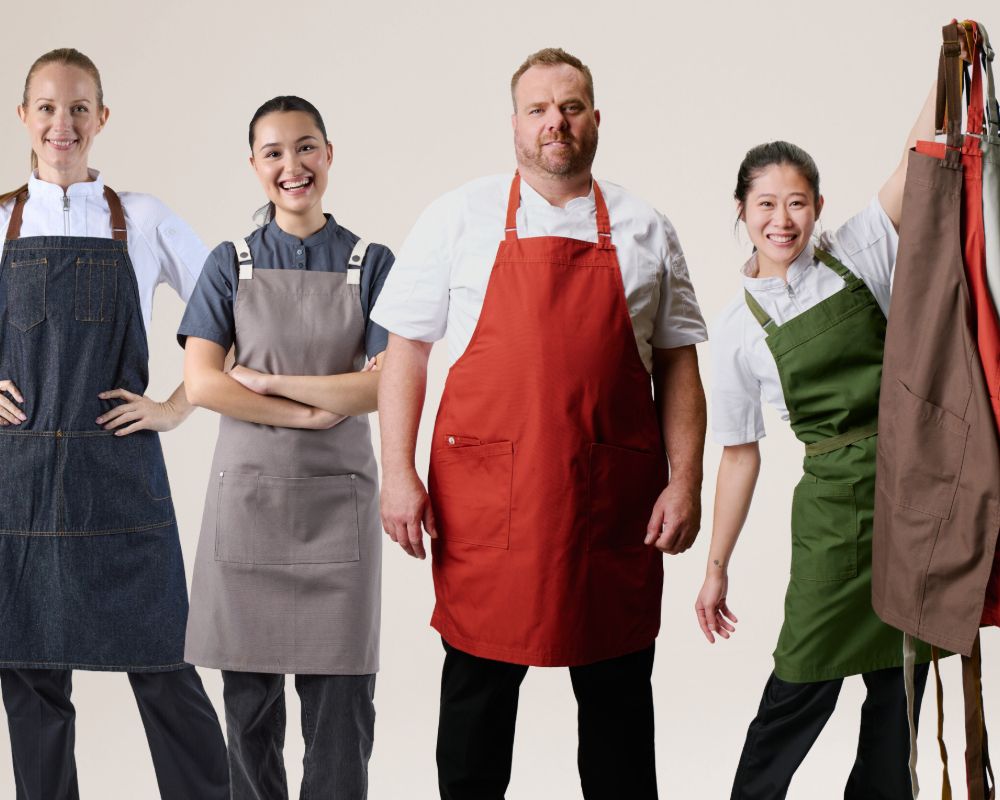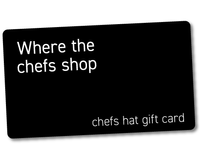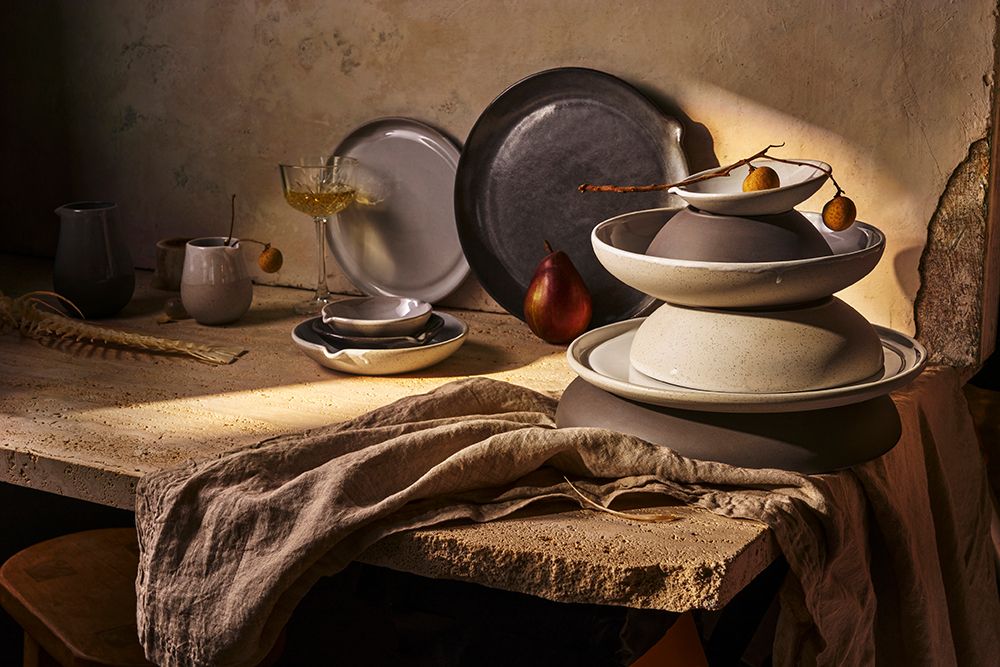How To Choose The Right Wine Glass
|
Wine Shape Just like each person is different and shares a unique story, it’s the same for wine glasses. There is much more that goes into the shape of a wine glass than simply the practicals that will enable you to get the most out of your newly purchased bottle of wine. The shape of a glass in most cases can be an extension of your personality, so when our friendly staff are asked in store to assist in choosing the best wine glass, 9 times out of 10 it winds down to personal preference and which wine glass you like the look and feel of the most.
Stemmed vs Stemless: A stemmed wine glass is traditional and is universal to most settings. Most wine glasses are stemmed because both red and white wines are traditionally served cooler, so stems allow you to hold the glass without your hands transferring heat through the glass into the wine. Many users also find the wine easier to swirl when the glass is stemmed. We swirl wine because it makes us feel good…not really, well kind of…it’s to add a little bit of oxygen to the wine to enhance its flavour and open up aromas. Stem Length vs Stem Thickness: The length of the stem (along with the foot size & bowl shape) plays a very important role in the overall balance of a wine glass. A balanced wine glass is less prone to getting knocked over and spillage…the best way to ruin a great occasion. The balance of longer stems are traditionally more preferable than shorter stems as they portray a more elegant & sophisticated look and feel. Shorter stems can be more comfortable to hold and aesthetically pleasing however. Balance in a stem largely has to do with its thickness. A long thin stem is incredible to hold and, coupled with the size of the bowl shape, will make the glass feel classy and airlike. Conversely, a thick long stem brings an added strength to the glass without sacrificing aesthetics or foot size. A thin short stem is more common in smaller glasses, flutes and aperitif glasses and is perfect for dessert wines, something bubbly or sweet; whereas, thick short stems are more common in a lot of cafes and when you’re needing a robust glass to brave whatever comes its way. A word of caution, these wine glasses can be more on the heavier side. Big Foot Size vs Small Foot Size Like mentioned earlier, the foot size in a wine glass is important to ensure that the length of the stem and size of the bowl shape are balanced. A large foot size in a wine glass is particularly important to the durability and strength of a glass, especially if you fancy a more delicate and thinner wine glass. A bigger foot is also necessary so that when you place the glass down it’s less susceptible to breakage. However, it can take up a lot of table real estate and make the other items on your serving table feel crowded. A small foot size can be the best of both worlds, offering up less surface area of the table and can accommodate bigger bowl sizes, but they can be thick feet…some people are into that. Thin Rim vs Thick Rim This is a simple, but often overlooked, aspect of wine glasses…the rim thickness. A thin rim will make a wine glass feel more dainty & refined and can often lead to a more delicate feel on your lips and enhance the sensory experience of drinking wine. However, it's important to note that a thin rim can also be more fragile and prone to breaking. If you choose to use thin wine glasses, it's important to handle them with care to avoid breaking or chipping the rim. A thick wine glass rim is more sturdy and durable, can be more comfortable to drink from and in many cases provides a stable surface for your lips to rest on. If you opt for a thick rim, bear in mind it could alter the way wine flows into your mouth and affect the way it feels on your tongue. This may be especially apparent with more subtle wines, which may not taste as great in a glass with a thicker rim. Bowl Shape The wine glass bowl is the top of the wine glass that holds the wine. It is an important factor in the wine-drinking experience, as it can affect the wine’s flavours as well as the way it is served and enjoyed. If you’re new to wine, it can be the most confusing and let’s be honest…daunting part of purchasing wine glasses. They are very nuanced and depend greatly on the varietal type of wine one wishes to drink from the glass. As such we will go into greater detail on this aspect of wine glasses in a later guide. Stay tuned! However, for the purposes of this guide we’ll answer the question that’s on everyone’s mind. Conclusion So there you have it. A few things that we hope will make your next wine glass easier and will give you some best practices to look for when thinking about what wine you’ll be drinking tonight. We’ll be having a glass of red in some of our favourite glasses from Riedel. If you’re building an enviable wine glass collection, these are great varietal specific glasses that will elevate your wine-drinking experience to the next level. While you’re at it, check out our extensive range of glassware that will suit any occasion and setting heading into the Christmas/New Year period!
|



